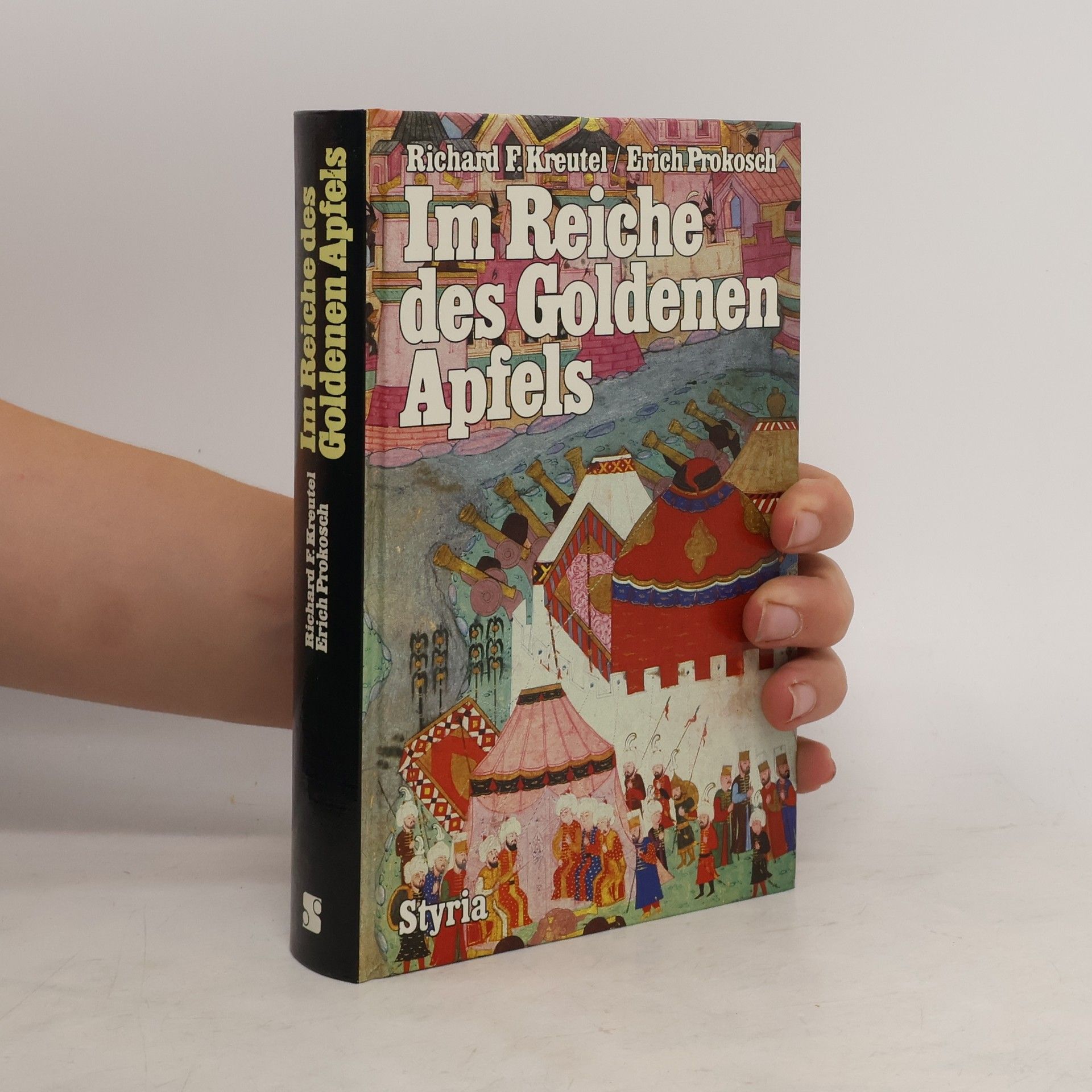Das Reisebuch
Die Welt zwischen Wien und Mekka
DER GRÖSSTE REISESCHRIFTSTELLER DER ISLAMISCHEN WELT - ERSTMALS INS DEUTSCHE ÜBERSETZT. Vierzig Jahre reiste der gebildete Istanbuler Evliya Çelebi (1611 - ca. 1684) durch das Osmanische Reich und darüber hinaus, von Wien bis Mekka, vom Kaukasus bis zum Nil. Klaus Kreiser präsentiert mit seiner Übersetzung eine umfassende Auswahl aus dem „Reisebuch“, das durch realistische, abenteuerliche und drastische Beschreibungen von Städten, Festungen und Menschen besticht. Der Orientalist Josef von Hammer bezeichnete 1814 das Seyahatname als „merkwürdigen Fund“. Evliya Çelebi, getrieben von unstillbarer Neugier, besuchte zahlreiche Provinzen und Hunderte von Städten und schilderte seine Erlebnisse akribisch und unterhaltsam. Nach seiner Rückkehr aus Mekka und Medina als Hadschi kämpfte er als Muezzin gegen die Venezianer auf Kreta und nahm 1664 an der osmanischen Gesandtschaft nach Wien teil, wo er ein faszinierendes, teils satirisches Panorama der Stadt und ihres Kaisers bot. Seine Beschreibung Ägyptens rivalisiert mit Napoleons Description de l’Égypte. Klaus Kreisers Auswahl folgt den zehn Büchern und bietet einen umfassenden Überblick über dieses bedeutende Werk des 17. Jahrhunderts, das die Perspektive eines Muslims auf die Welt dieser Zeit vermittelt.

